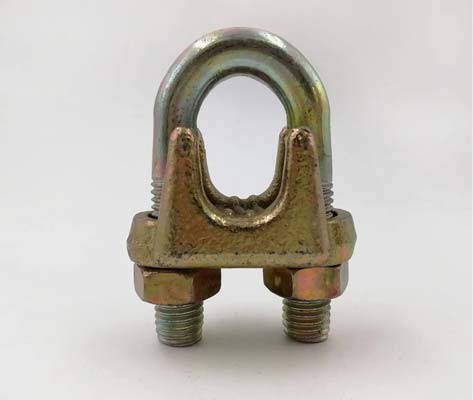- Contact Innally, Let you purchase forgings in China more favorable prices, products more assured!
- Hotline:+(86)15038323776 Email:innally@innally.com
Quality assurance of rigging forgings
- Category: Aluminium alloy forging, Thermal forging
- |
- Date: 26/09/2023
For example, in Marine development, rigging forgings are the key components for building ships, offshore platforms and other facilities. In oil exploitation, rigging forgings are used to support and transmit oil pipelines; In aviation, rigging forgings are used to secure and connect key parts such as wings and landing gear. Therefore, ensuring the quality of rigging forgings is essential for safety and stability in these areas.
Product Details
In many industrial fields, the importance of rigging forgings is self-evident. They are the key components of mechanical equipment, bearing an important bearing and fixing role. In order to ensure the quality of rigging forgings, this article will detail how to achieve this goal.
The basic quality requirements of rigging forgings
In order to ensure the quality of rigging forgings, we must first understand their basic quality requirements. These requirements include:
Chemical composition: The chemical composition of the forging material must meet the relevant regulations to ensure its basic properties, such as tensile strength, yield strength, etc.
Mechanical properties: Forgings must pass specified mechanical properties tests to ensure that they can play the expected role during use.

Surface quality: The surface of the forging should be smooth, no cracks, no bubbles and other defects to ensure its stability during use.
Second, the production process of rigging forgings
The production process of rigging forgings includes forging, heat treatment and surface treatment, which directly affect the quality of the forgings.
Forging: It is a key link in the production of rigging forgings, and it is necessary to choose the right material and forging process according to the product design requirements in order to obtain the ideal shape and size. At the same time, it is necessary to ensure that the internal structure of the material is optimized during the forging process to improve its mechanical properties.
Heat treatment: Heat treatment can improve the hardness, strength and wear resistance of the material to meet the different needs of rigging forgings. In the heat treatment process, factors such as temperature, time and cooling speed should be strictly controlled to ensure the stability of the material properties after treatment.
Surface treatment: In order to improve the corrosion resistance and beauty of rigging forgings, surface treatment is required, such as shot peening, polishing, painting, etc. In the surface treatment process, it is necessary to ensure that the surface quality after treatment meets the requirements and does not affect subsequent use.
Third, inspection and quality control of rigging forgings
In order to ensure the quality of rigging forgings, strict inspection and quality control must be carried out.
Inspection in the production process: in the forging, heat treatment and surface treatment and other production links, the quality of the product should be checked regularly to find and deal with the problem in time to prevent the problem from expanding.
Finished product inspection: After the completion of production, a comprehensive quality inspection of the rigging forgings should be carried out in accordance with relevant standards, including chemical composition, mechanical properties, surface quality and other tests. Only forgings that pass the inspection can be delivered to the customer.
Quality control measures: In the production process, a perfect quality control system should be established, the quality responsibility of each link should be clarified, and strict quality standards should be formulated and implemented to ensure that the quality control of each link meets the requirements.
- Application of rigging forgings
Rigging forgings are widely used in many fields, such as Marine development, oil exploitation, aviation manufacturing and so on. In these fields, rigging forgings play an important role. For example, in Marine development, rigging forgings are the key components for building ships, offshore platforms and other facilities. In oil exploitation, rigging forgings are used to support and transmit oil pipelines; In aviation, rigging forgings are used to secure and connect key parts such as wings and landing gear. Therefore, ensuring the quality of rigging forgings is essential for safety and stability in these areas.
nannan
INNALLY website editing, to provide you with forging related information
Related Products
Search
Forging center
- Steel forgings
- Aluminium alloy forging
- Titanium alloy forging
- Stainless steel forging
- Copper forging
- Automotive forgings
- Locomotive forging
- Bicycle forgings
- Motorcycle forging
- Rigging and fasteners
- Bearing forging
- Electric power fittings
- Marine forging
- Mechanical forgings for metalworking
- Mining machinery forgings
- Marine engineering forgings
- Construction machinery forgings
Popular product

© 2025. All Rights Reserved.






